Adult / Senior Dog Daily Feeding Guide
Your basket is empty :(
Continue shoppingYour basket
Estimated total:
£0.00
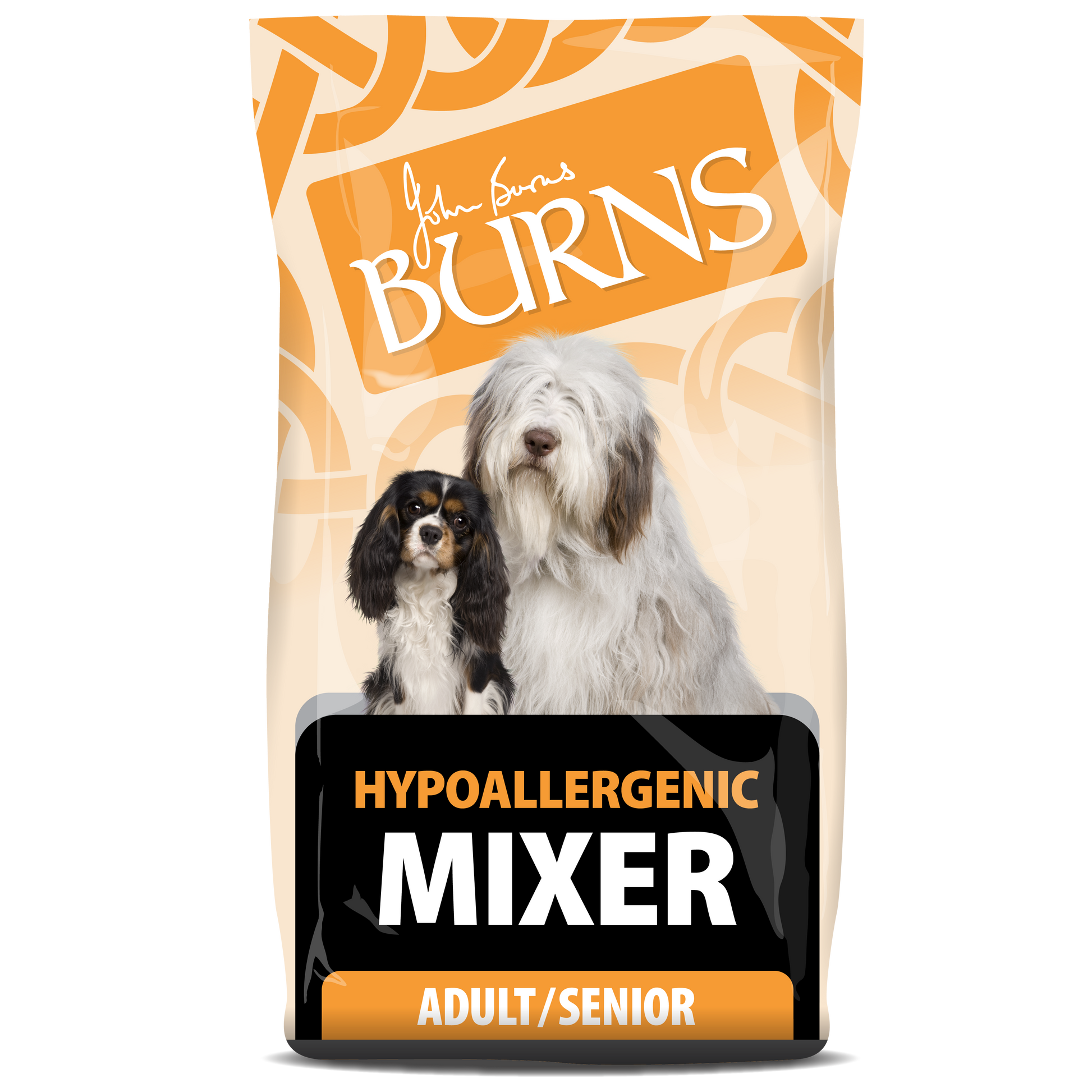

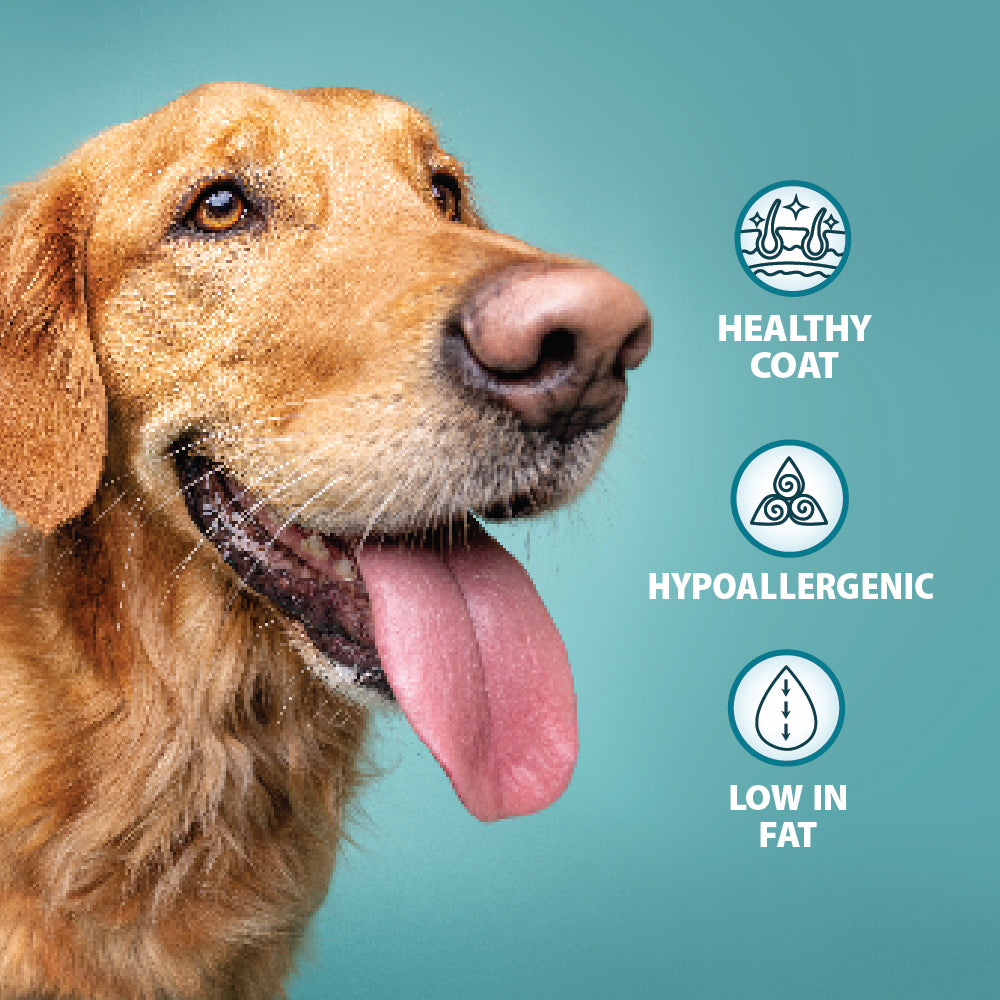


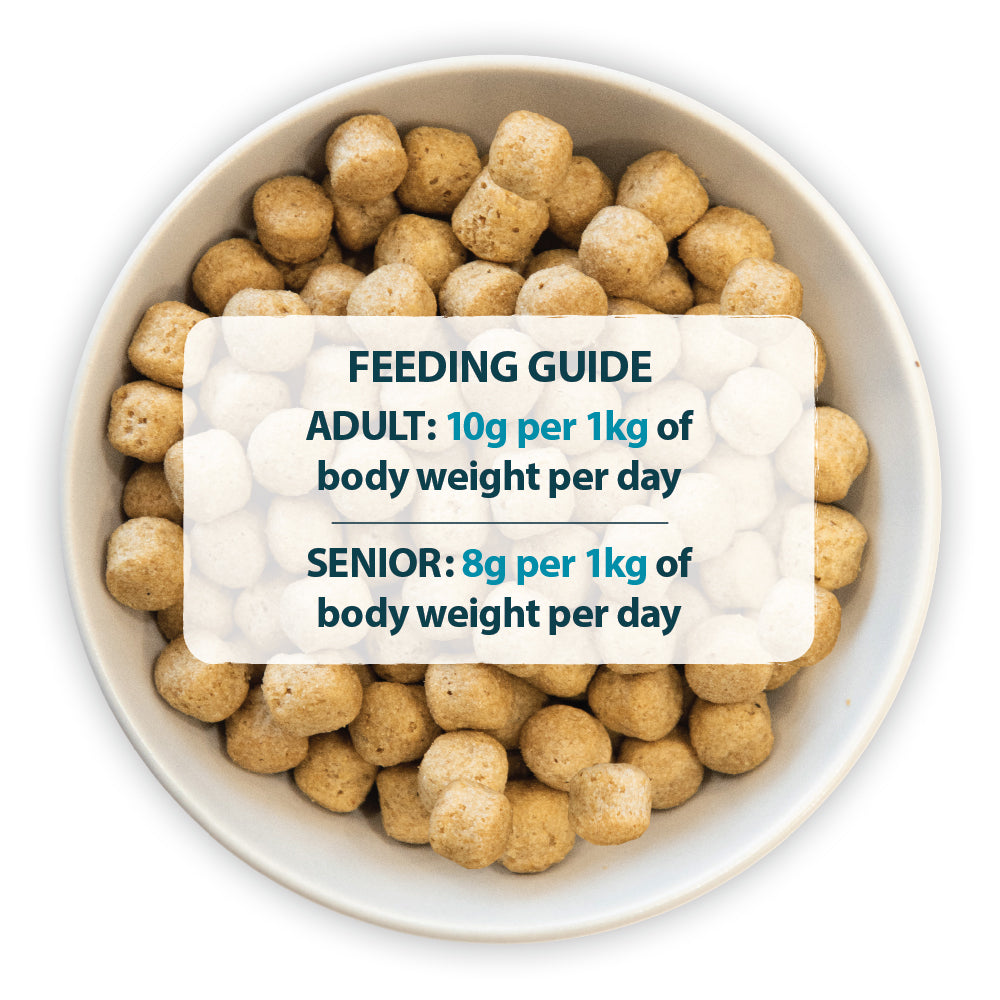



Our Hypoallergenic Mixer is a complementary food that can be used as part of a home-cooked recipe or alongside Burns complete wet or dry foods. It is naturally wheat free & based on wholegrain brown rice, peas, seaweed, duck fat and vitamins. This diet is suitable for adult dogs aged 9 months and onwards.
Also suitable for sensitive dogs and easily digestible, it contains brown rice which is a wholegrain and complex carbohydrate which gives a steady release of energy. It is high in fibre and also a could source of selenium, magnesium and vitamin B3. It also has added mixed herbs including parsley, oregano, thyme and basil.
As with all of our diets the Burns Hypoallergenic Mixer is formulated without ingredients that commonly cause food intolerances such as beef, wheat, soya and dairy, and we also don’t use any artificial colours, flavourings or preservatives.
Couldn't load pickup availability
|
Composition |
Brown rice (75%), Oats, Peas, Duck Fat, Whole Linseed, Seaweed, Mixed Herbs, Minerals. |
|---|---|
|
Analytical Constituents |
Crude Protein 9%, Crude Fat 6.5%, Crude Fibre 3.5%, Crude Ash 3%, Copper 8mg/kg, Sodium 0.03%, Calcium 0.18%, Phosphorus 0.17%, Magnesium 0.08%, Potassium 0.22%, Omega-6 fatty acids 1.63%, Omega-3 fatty acids 0.64%. |
|
Nutritional Additives (per kg) |
Vitamins: Vitamin A 20000IU, Vitamin D3 1600IU, Vitamin E 80IU, Taurine 800mg; Trace Elements: Iodine (calcium iodate anhydrous) 0.8mg, Manganese (manganous chelate of amino acids hydrate) 16mg, Zinc (zinc chelate of amino acids hydrate) 40mg. |
|
Technological Additives |
Antioxidants (mixed tocopherols). |
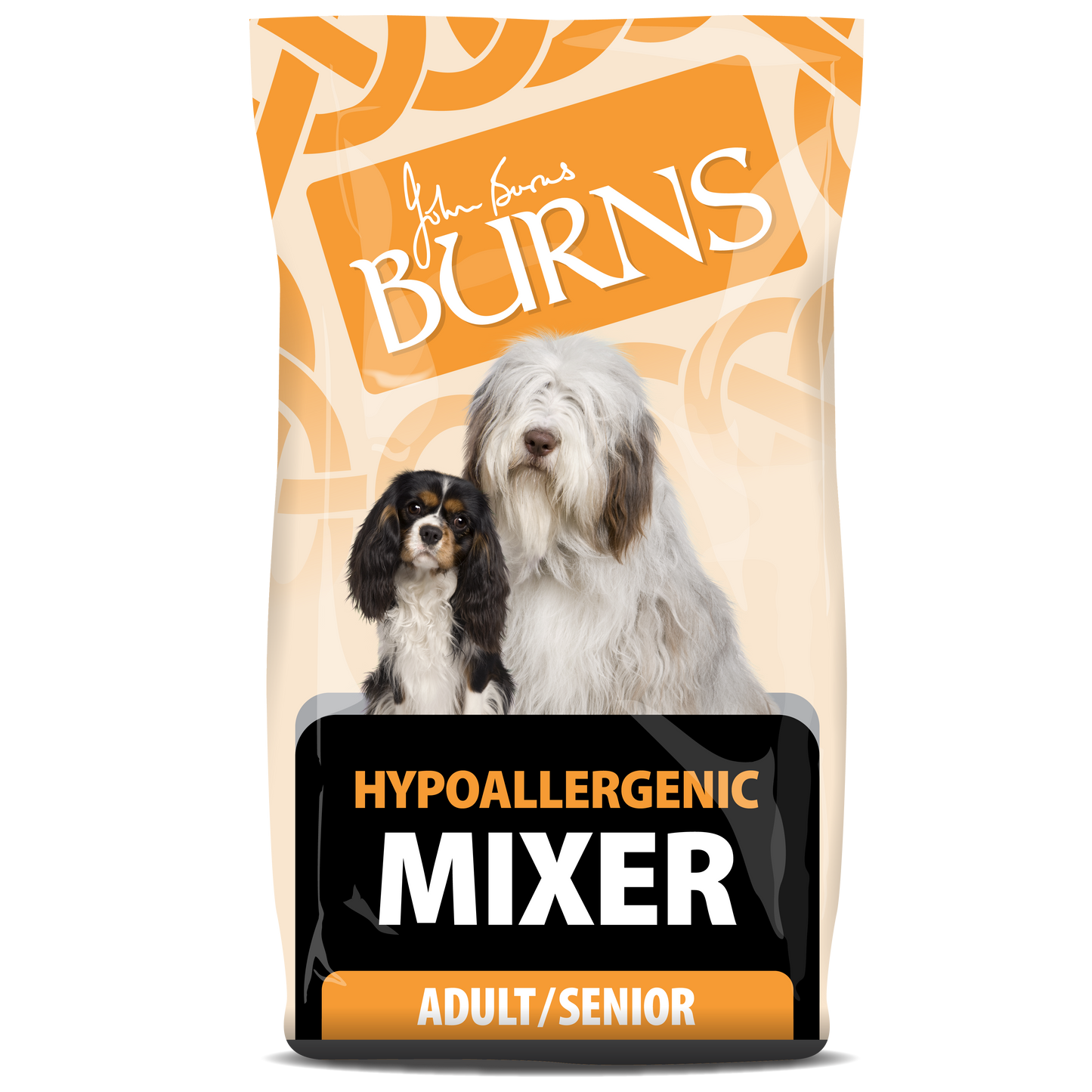




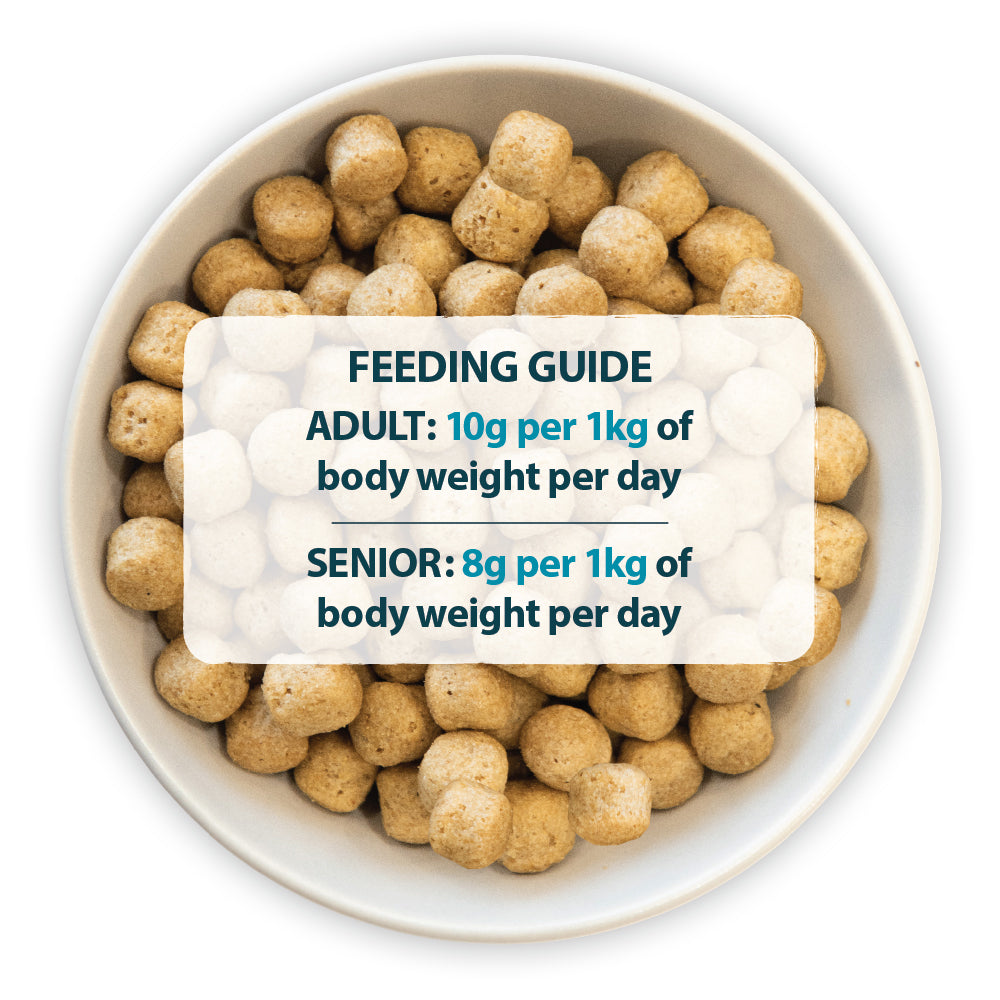



£13.49
Not sure how much to feed your dog? Use our Adult to Senior Feeding Guide to find the perfect amount based on your dog's weight.

